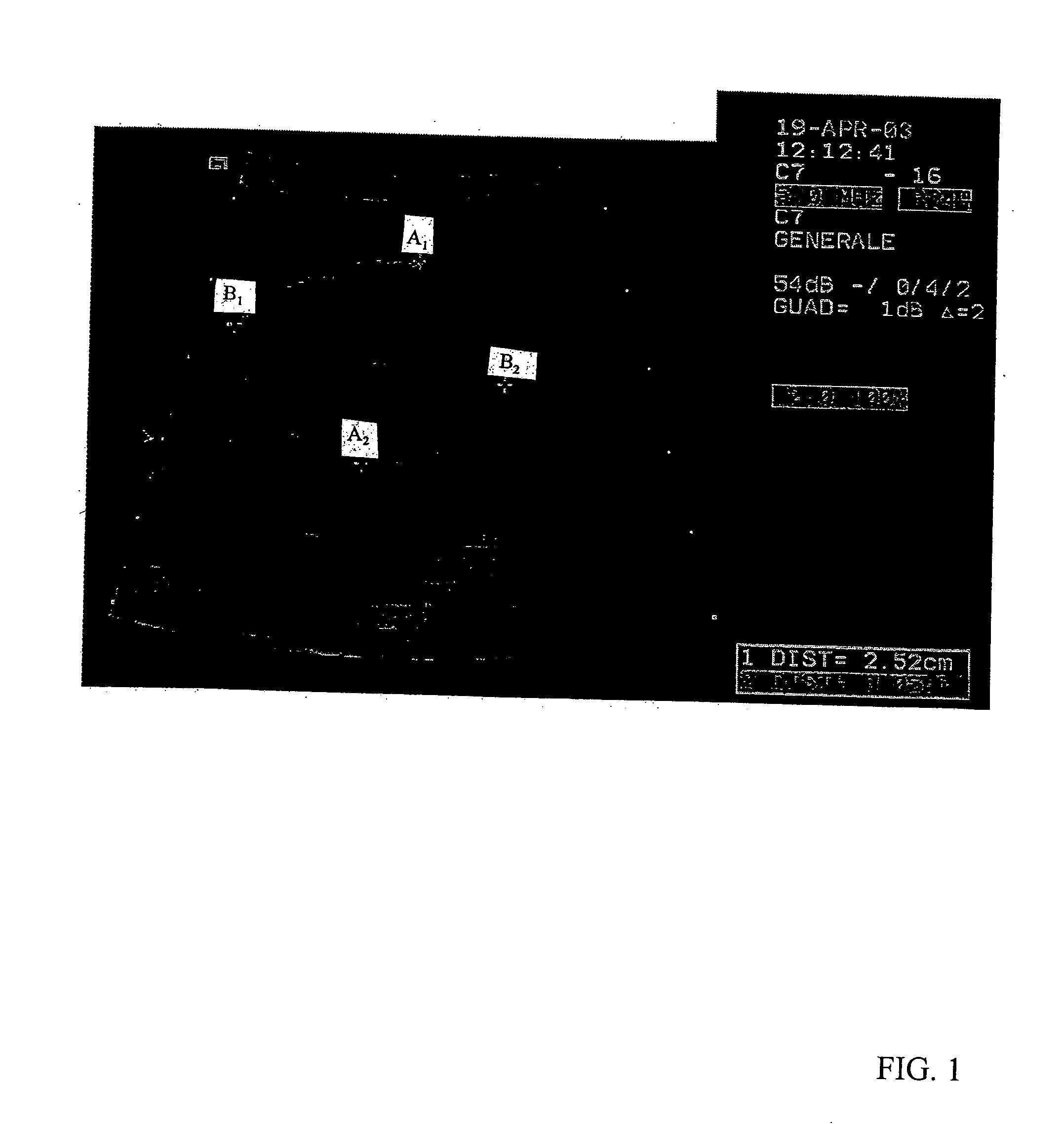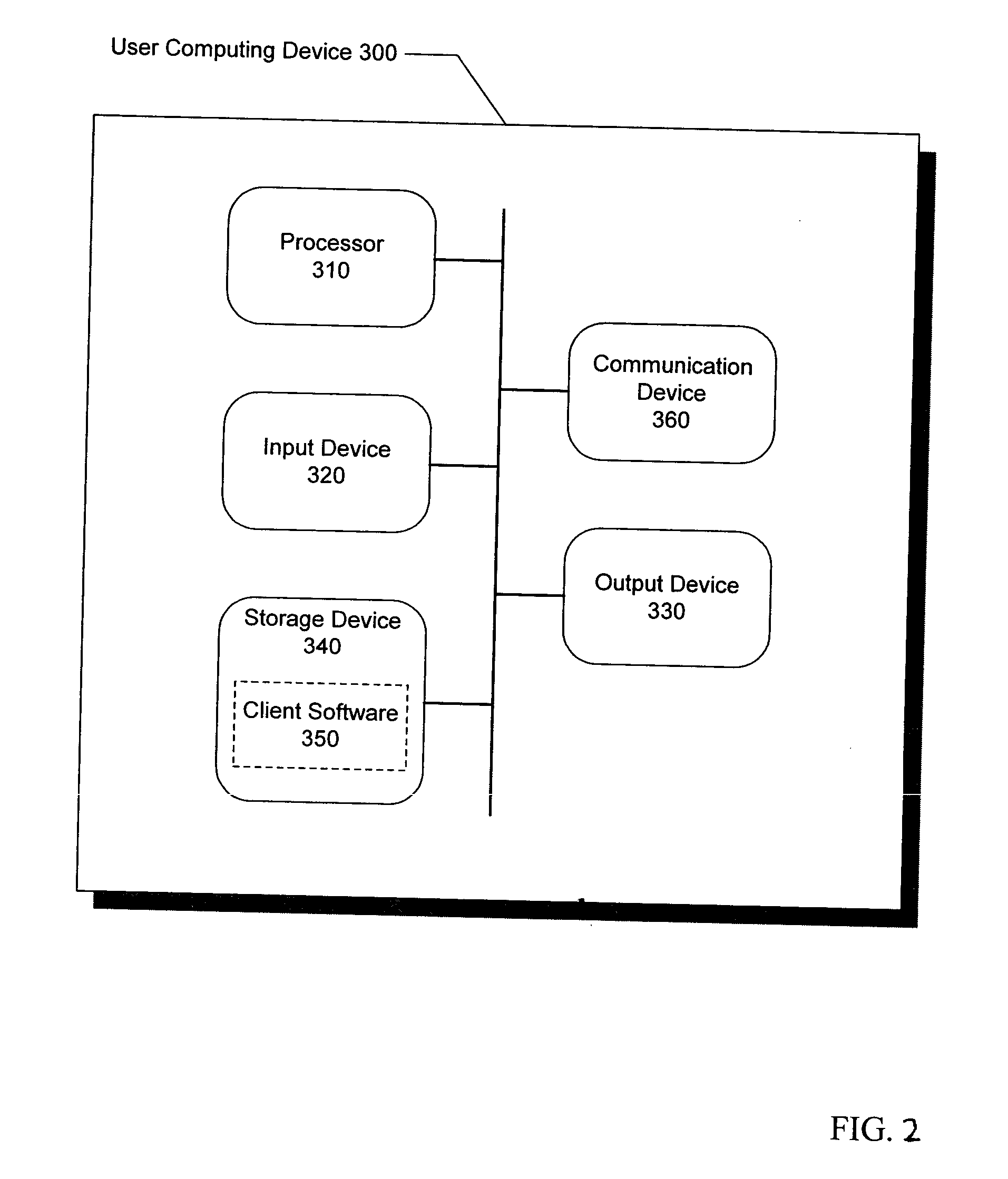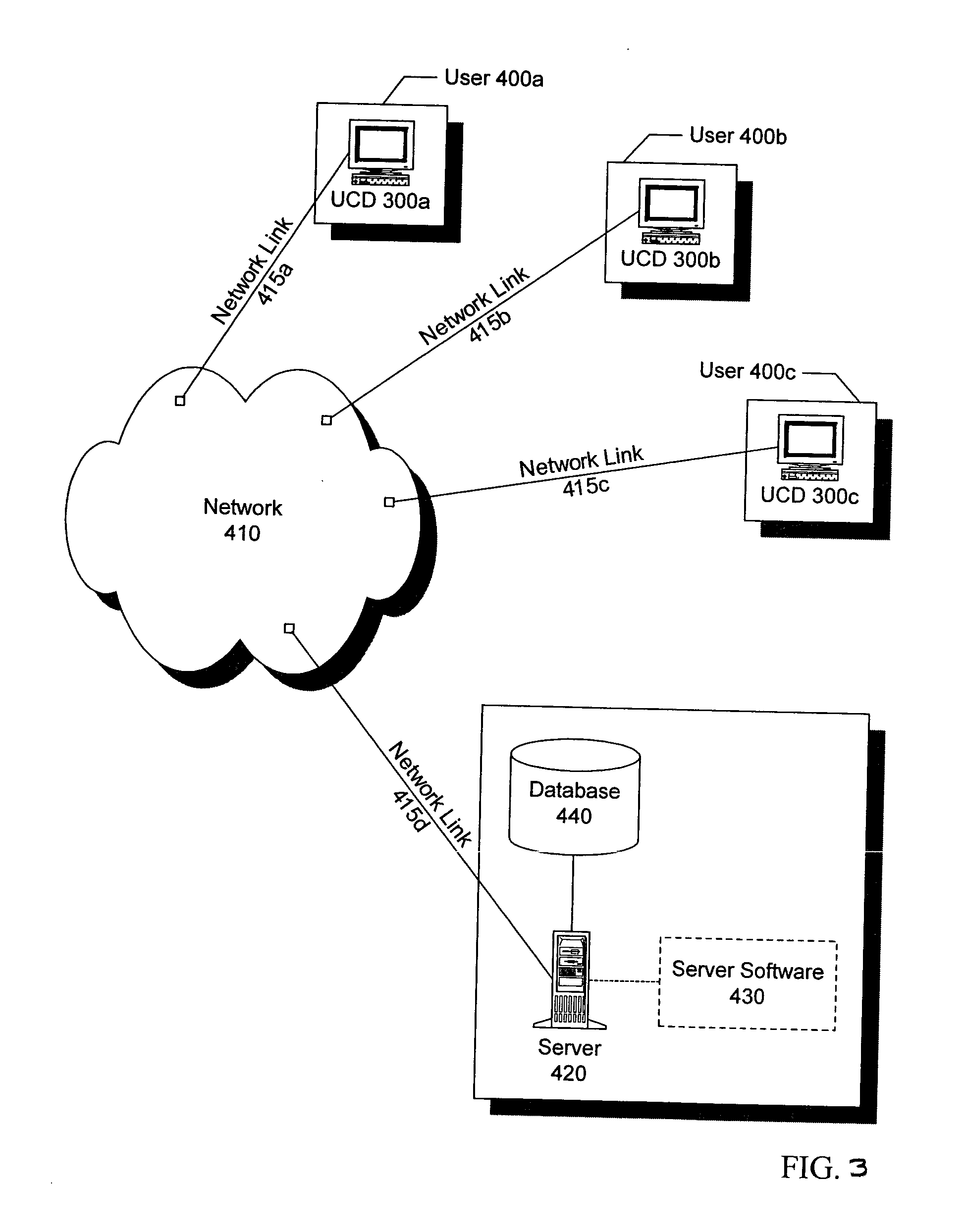Multi-marker screening protocol for fetal abnormalities
a multi-marker and abnormality technology, applied in the field of multi-marker screening protocol for fetal abnormalities, can solve the problems of increased incidence of respiratory infections, high incidence of fluctuating hearing loss, thryoid and cervical spine abnormalities, etc., and achieve the effect of assessing the risk of pregnant women
- Summary
- Abstract
- Description
- Claims
- Application Information
AI Technical Summary
Benefits of technology
Problems solved by technology
Method used
Image
Examples
example 1
The present example illustrates calculating likelihood ratios for pre-determined categories of BPD / OFD ratios using fetal BPD / OFD ratios from reference data of observed affected and observed unaffected pregnancies.
520 unaffected pregnancies and 15 Down Syndrome pregnancies were analyzed and the pregnancies were categorized into pre-determined categories of BPD / OFD ratios. In particular, for each pre-determined category, the number of unaffected pregnancies, the number of affected pregnancies, the relative frequency of affected distribution, the relative frequency of unaffected distribution, and the likelihood ratios were calculated as shown in Table II.
TABLE IIRelativeRelativeNumber ofNumber ofFrequency ofFrequency ofBPD / OFD ratioUnaffectedAffectedUnaffectedAffectedCategoryPregnanciesPregnanciesDistributionDistributionLikelihood Ratio<0.8261261350.2%20.0%.39850.8262-0.8781207539.8%33.3%.83740.8782-0.8930261 5%6.67%1.333>0.8930266 5%40.0%8.000Total52015———
For each pre-de...
example 2
The present example discloses calculating delta values for fetal BPD / OFD ratios in reference data of observed affected and observed unaffected pregnancies and deriving likelihood ratios based on Gaussian distributions.
520 unaffected and 15 Down syndrome pregnancies were analyzed. The natural log of the fetal BPD / OFD ratios were regressed against the natural log of the crown rump length (CRL) using linear regression and the following equation obtained:
Expected BPD / OFD ratio marker value=EXP(−0.2947+0.0251×ln(CRL))
A “delta value” was then calculated for each fetus of the unaffected and the Down syndrome pregnancies by subtracting the fetus' expected BPD / OFD ratio from the fetus' actual observed BPD / OFD ratio.
The observed mean and standard deviation delta BPD / OFD ratios of the unaffected pregnancies were 0.0 and 0.03637. The observed mean and standard deviation delta BPD / OFD ratios of the affected pregnancies were 0.0428 and 0.04422.
A correlation analysis of the delta BPD / OFD...
PUM
| Property | Measurement | Unit |
|---|---|---|
| Fraction | aaaaa | aaaaa |
| Fraction | aaaaa | aaaaa |
| Fraction | aaaaa | aaaaa |
Abstract
Description
Claims
Application Information
 Login to View More
Login to View More - R&D
- Intellectual Property
- Life Sciences
- Materials
- Tech Scout
- Unparalleled Data Quality
- Higher Quality Content
- 60% Fewer Hallucinations
Browse by: Latest US Patents, China's latest patents, Technical Efficacy Thesaurus, Application Domain, Technology Topic, Popular Technical Reports.
© 2025 PatSnap. All rights reserved.Legal|Privacy policy|Modern Slavery Act Transparency Statement|Sitemap|About US| Contact US: help@patsnap.com



